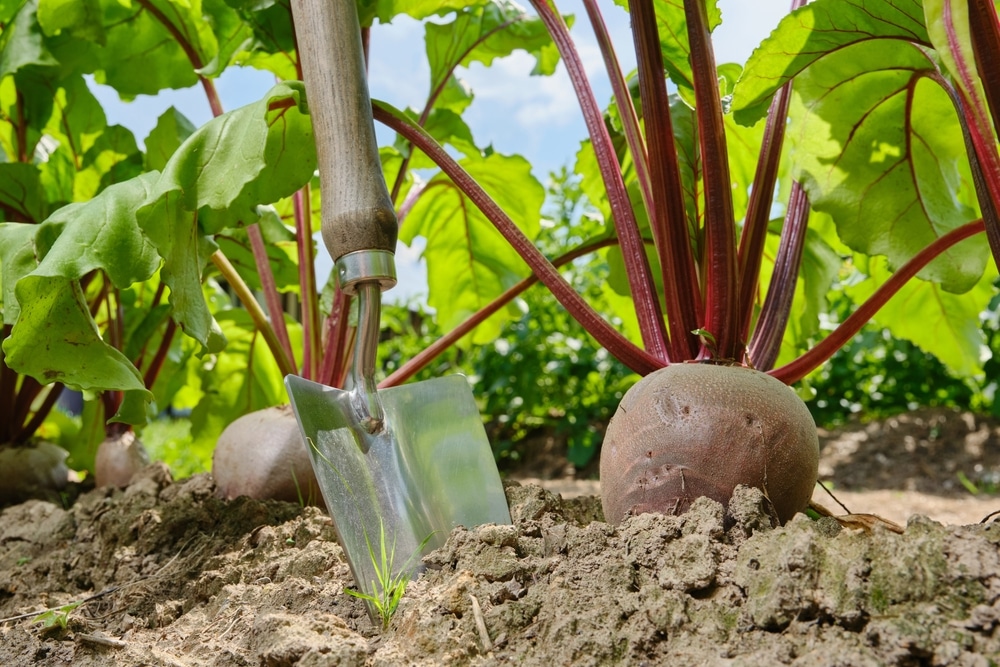
Beet, a vibrant and nutritious root, is a garden treasure. Its characteristic hue, which varies from deep red to golden, hides health benefits. Rich in fiber, vitamins such as C and B9, and minerals such as iron, beets boost cardiovascular health, strengthen the immune system and contribute to bone health. Its sweet, earthy flavor makes it versatile in cooking, whether boiled, roasted, raw or in juices. In addition to its exuberant taste, beet is a vibrant addition to the diet, offering a colorful and nutritionally rich touch to meals.
HOW TO PLANT BEET
Growing beet is relatively simple and rewarding. Here are some basic guidelines on how to grow beet:
1. choice of location:
- Choose a sunny location for growing beet. Beetroot tolerates partial shade, but full sun favors root development.
2. Soil preparation:
- The ideal soil is fertile, well-drained and rich in organic matter. Add organic compost to improve the quality of the soil.
3. Planting seeds:
- Beet seeds are small, so plant them shallowly, about 1 to 2 cm deep. Plant the seeds in rows, keeping a spacing of 15 to 30 cm between the rows.
4. Proper watering:
- Keep the soil evenly moist during the germination and initial growth period. Beet likes moist soil, but avoid waterlogging.
5. Fertilization:
- Fertilize the soil before planting with a balanced fertilizer. Avoid too much nitrogen, as this can promote leaf growth to the detriment of the roots.
6. Thinning:
- When the seedlings are a few centimetres tall, thin them out, leaving adequate spacing between the plants to allow the roots to develop.
7. Pest protection:
- Beet is generally resistant to pests, but keep an eye out for possible invaders such as aphids and use organic control methods if necessary.
8. Harvesting:
- The beets are ready to harvest when they reach a suitable size, usually between 6 and 8 cm in diameter. Pull them gently from the soil, taking care not to damage the roots.
9. Storage:
- Remove the leaves before storing the beets. They can be stored in a cool, damp place for several weeks.
10. Crop rotation:
- Avoid planting beets in the same place as the previous year to reduce the risk of specific soil diseases.
Remember that these are general guidelines and may vary based on the specific soil and climate conditions in your region. Constant observation of the plants will help to adjust care as necessary to obtain a healthy harvest.
Finally, did you like this tip?
So let us know what you think of this tip in the comments! Also, go to the links above to see some tasty or here to return to Weight recipes!
It's also worth remembering that if you scroll down you'll automatically go to recipes and tips!
So, take the opportunity to add more flavor and knowledge to your days by visiting our social networks! We have Pinterest, our Facebook and the Instagram I'm looking forward to more recipes and learning other tips, they're so good!


